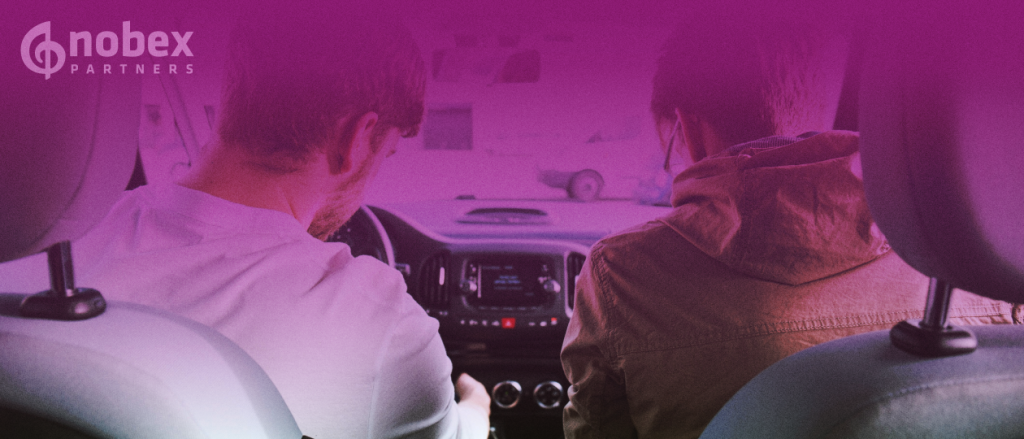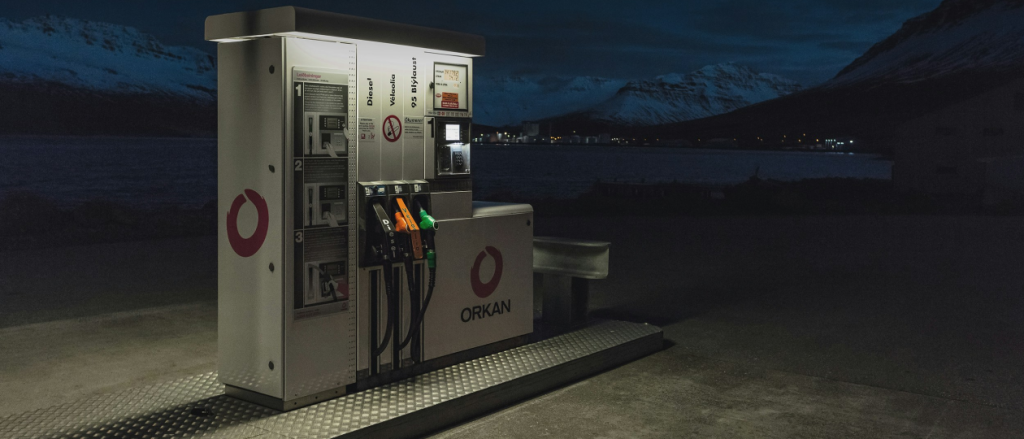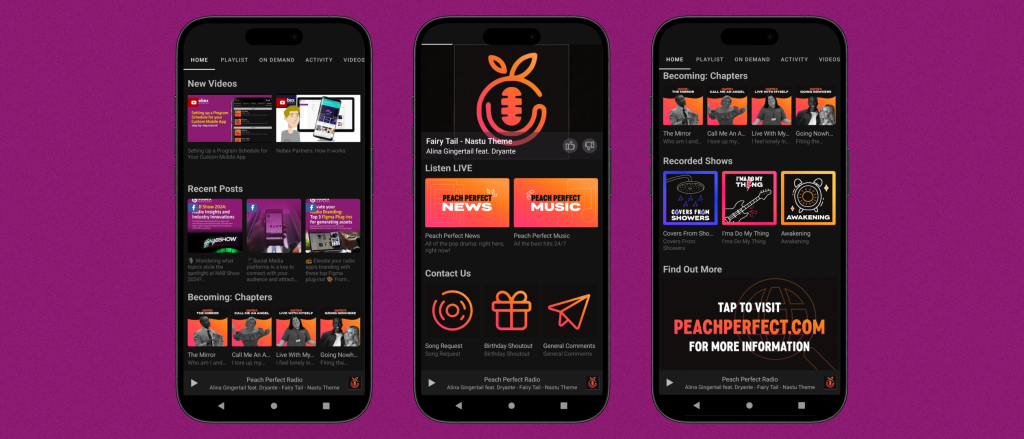
Car ownership, long seen as a symbol of independence in America, is becoming less appealing to younger generations. Rising costs, alternative transportation options, and shifting cultural values are driving this trend, particularly among Gen Z. With fewer people behind the wheel, the impact on traditional radio, which has long dominated in-car listening, is becoming increasingly evident. The question now is: How can radio stations adapt to this shift in listener behavior?
Shifting Preferences: Driving and Audio Consumption
Car ownership is no longer a rite of passage for many young Americans. Data from the Federal Highway Administration shows that the percentage of 19-year-olds with a driver’s license dropped from 87.3% in 1983 to 68.7% in 2022. This shift is largely driven by the rising costs of car ownership and a growing reliance on alternatives like public transportation and ride-sharing services. Many younger people are also increasingly conscious of the environmental impact of driving, further pushing them away from car ownership.
The decline in driving coincides with a significant shift in audio consumption. While nearly half of all AM/FM radio listening used to happen in the car, younger audiences are now spending more time on streaming platforms like Spotify and YouTube. Spotify commands 24% of audio time among 13-22-year-olds, while YouTube takes up 28%. This trend highlights a growing preference for on-demand content and customized listening experiences, which poses a challenge to traditional radio’s dominance in the car.
The Financial Factors Behind the Shift
The rising costs associated with car ownership are at the core of the decline. New car prices have surged by more than 32% since 2019, with the average cost now standing at $44,604. This financial burden makes car ownership increasingly difficult for young people, who often opt for public transportation, ride-sharing, or simply forgo driving altogether. Used car prices have also spiked, limiting affordable options for those just starting out.

In addition to high car prices, rising auto insurance rates are another major deterrent. Insurance premiums jumped by an average of 11.2% in 2023, according to a J.D. Power study. This added expense, on top of rising costs for fuel, repairs, and maintenance, has made car ownership less appealing to younger generations. Many prefer to avoid these financial burdens and rely on alternative transportation methods that are more budget-friendly.
As car ownership declines, radio stations must find new ways to stay connected with their audience. The in-car radio experience has long been a key part of radio’s appeal, but as driving habits change, so must radio’s approach. Adapting to this shift requires rethinking strategies to better engage younger listeners, who are more inclined to consume content digitally, on their own terms.
The Role of Custom Mobile Apps in the New Audio Landscape
While fewer people are driving, radio still has an opportunity to maintain its audience by embracing digital platforms. Streaming services like Spotify and Apple Music have become increasingly popular, offering listeners control over their content. Radio stations can tap into this trend by offering their own digital experiences that reach people beyond the car, whether they’re at home, exercising, or commuting in different ways.
Custom mobile apps can be a key solution for radio stations. These apps allow stations to extend their reach and offer more interactive features, like live streaming and on-demand content. Listeners can enjoy radio content on their own schedule, whether they want to catch up on missed shows or tune in to live broadcasts. Mobile apps also provide stations with opportunities to connect more directly with their audience through features like notifications and exclusive content.

Nobex Partners offers radio stations the ability to create custom apps that feature playback controls, access to entire content libraries, and easy sharing options via web links. By leveraging these digital tools, radio stations can keep their audiences engaged even as traditional in-car listening declines. Adapting to this shift in listening habits is essential for radio stations to thrive in a world where listeners expect more control over their audio experiences.
